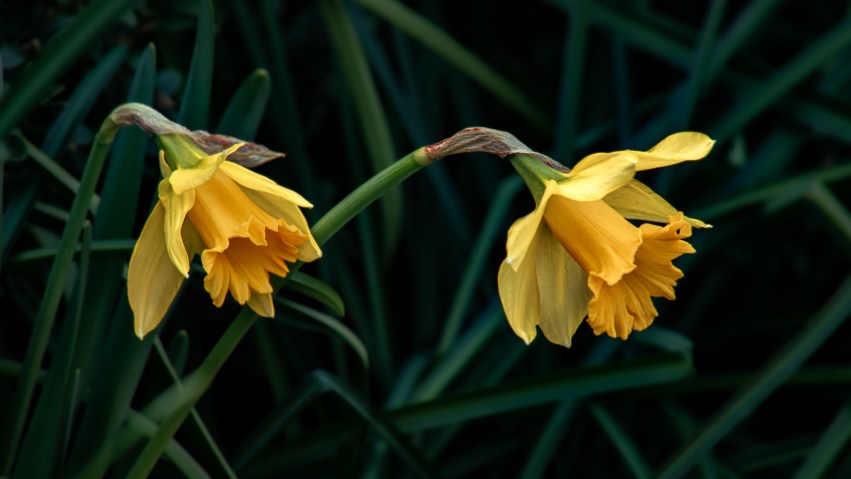From “Nature” in The Selected Writings of Ralph Waldo Emerson by Ralph Waldo Emerson:
“[The] simple perception of natural forms is a delight. The influence of the forms and actions in nature is so needful to man, that, in its lowest functions, it seems to lie on the confines of commodity and beauty. To the body and mind which have been cramped by noxious work or company, nature is medicinal and restores their tone….
“[Nature] satisfies by its loveliness, and without any mixture of corporeal benefit. I see the spectacle of morning from the hilltop over against my house, from daybreak to sunrise, with emotions which an angel might share….
“Not less excellent, except for our less susceptibility in the afternoon, was the charm, last evening, of a January sunset. The western clouds divided and subdivided themselves into pink flakes modulated with tints of unspeakable softness, and the air had so much life and sweetness that it was a pain to come within doors…. The leafless trees become spires of flame in the sunset, with the blue east for their background, and the stars of the dead calices of flowers, and every withered stem and stubble rimed with frost, contribute something to the mute music.”
“The simple perception of natural forms is a delight.” — very true, isn’t it? This is, I think, one of the main reasons I return again and again to photographing plants, flowers, and trees: these subjects give back so much in terms of contemplation of their shapes and colors, and the acts of searching, finding, and photographing them always puts me in a kind of creative flow that pretty much blots out anything else going on or on my mind. And there’s something else that I didn’t appreciate until I spent so much time over the past few years learning post-processing tools like Lightroom: at their best, such tools not only extend the creative act but also enhance the experience of studying natural forms in close-up detail.
It’s not unusual for me to return from a photoshoot with three hundred photographs, and — since my general rule is to expect to keep only about ten percent of what I shoot — the work (it’s not really work) of whittling down to thirty or forty images means I spend a lot of time examining structure, noticing how light strikes different shapes, textures, and colors, and figuring out which ones will satisfy me the most as I alter them in development. One of the most time-consuming post-processing tasks — spot removal — often feels like drudgery but can still be fascinating as I try to match patterns and colors from one section of a leaf, petal, or branch to another, while reducing the appearance of damage or blight.
For this post, I picked five photos from the previous post (see Winter Color at January’s End (1 of 2)), and created three variations. For the first gallery below, I painted the backgrounds black (as I often do); then, for the second gallery, converted those same photos to black-and-white (with a bit of silver-blue toning). For the third gallery, I took the five color photos from the first gallery and created soft, glowy versions — for no reason other than I wanted to see if I could use Lightroom’s local adjustments (mainly radial filters in this case) to create effects similar to the soft-focus filters available in the Nik Collection. The results were perhaps not unsuccessful! 🙂
The last photo is of an airplane and its contrail — and came about when I was experimenting with the 100-300mm lens I wrote about previously, just taking pictures of clouds on a blue-sky winter day. It was the only one that I liked and kept; all the rest were blurry since I wasn’t used to the lens yet. If the image looks a little mottled to you (since WordPress reduces the overall quality when resizing thumbnails for galleries), try this full-sized version where the sky should be a nice, smooth light blue.
Thanks for reading and taking a look!















Bye January!
































































